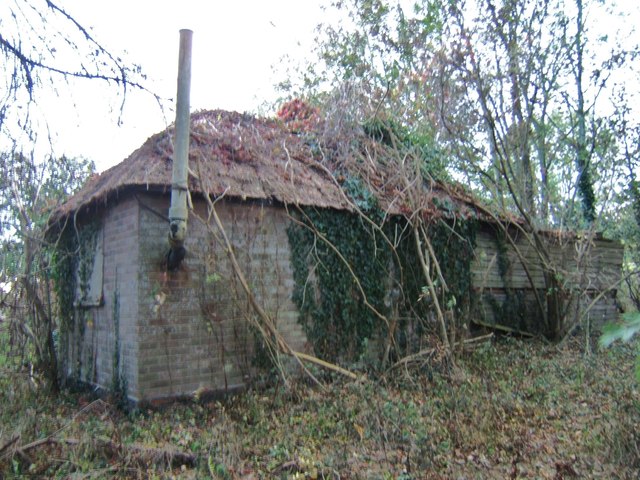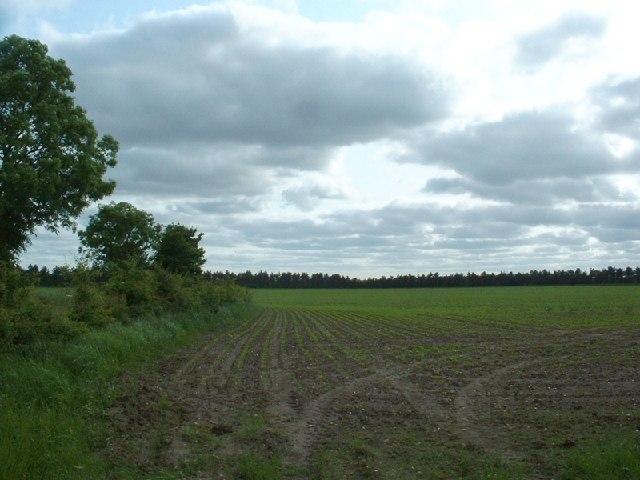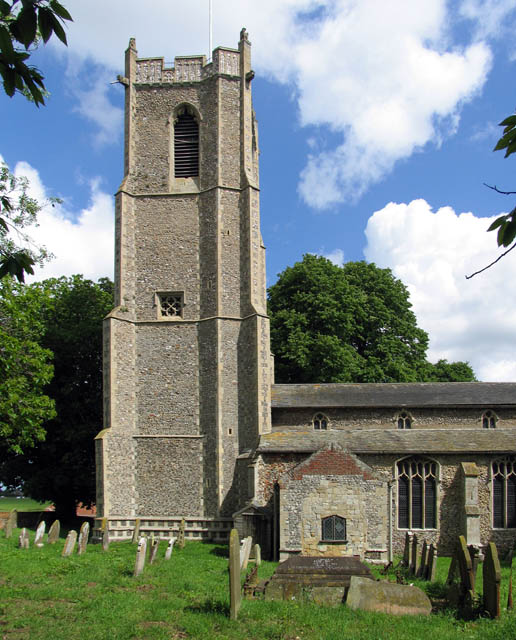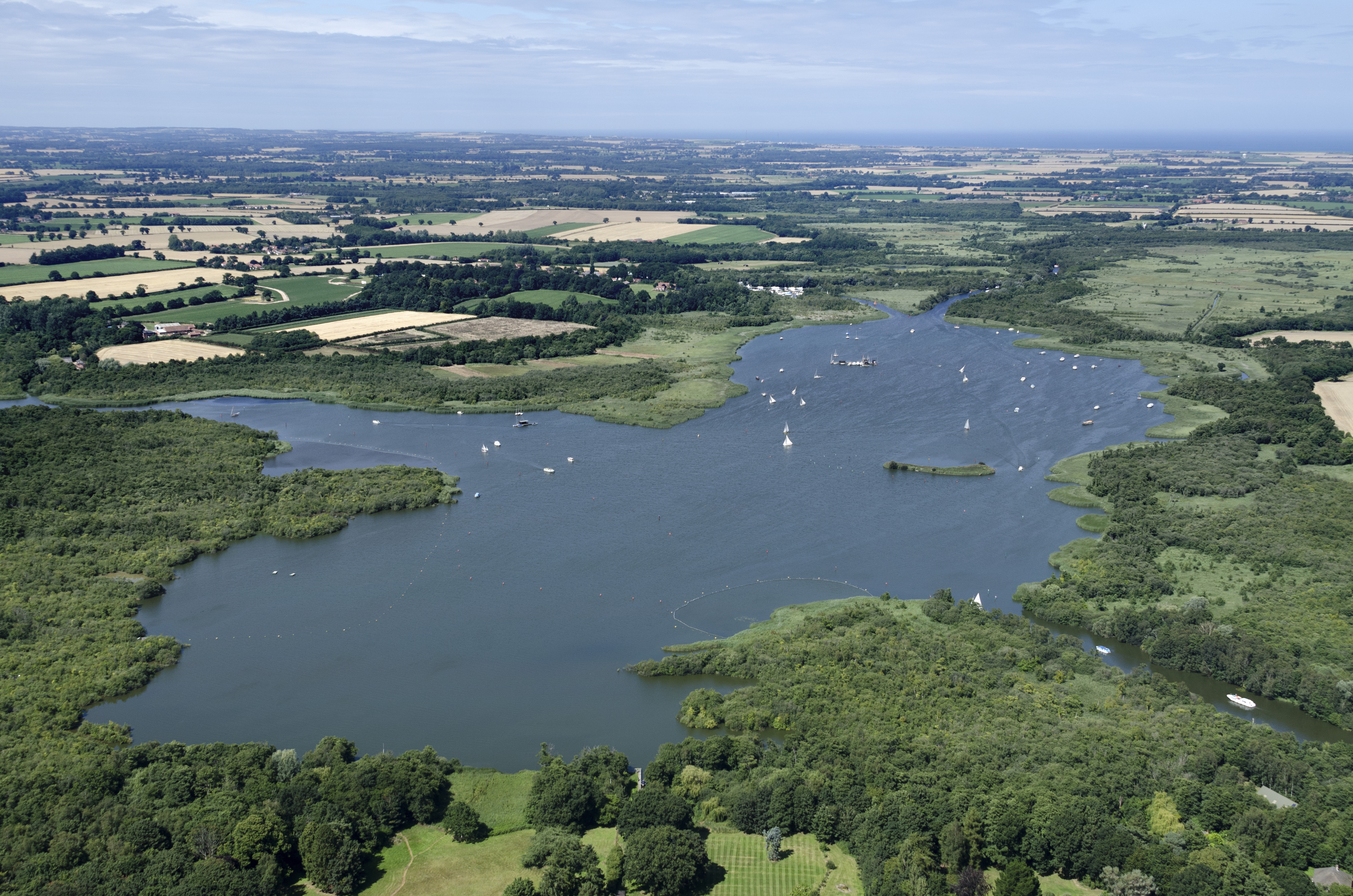Barton Turf
Civil Parish in Norfolk North Norfolk
England
Barton Turf
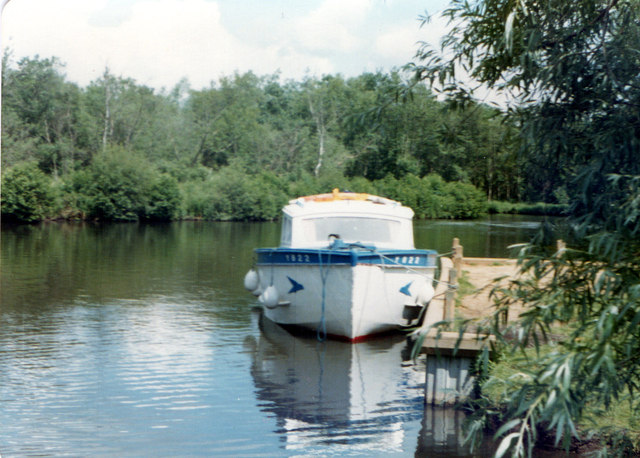
Barton Turf is a civil parish located in the county of Norfolk, England. Situated about 11 miles northeast of Norwich, it is part of the Broadland district. The parish covers an area of approximately 6 square miles and is bordered by the villages of Neatishead, Irstead, and Neaton.
The village of Barton Turf is set in a rural landscape, surrounded by picturesque countryside and waterways. It is well-known for its proximity to Barton Broad, a large lake that forms part of the Norfolk Broads National Park. The broad attracts many visitors who enjoy boating, fishing, and birdwatching.
The village itself is small, with a population of around 300 residents. It has a charming and peaceful atmosphere, with traditional Norfolk cottages and a 14th-century church, St. Michael and All Angels, at its heart. The church features a thatched roof, a unique feature that sets it apart from other local churches.
Barton Turf is also home to a popular sailing club, which was established in the 1930s. The club offers sailing lessons and hosts various events throughout the year, attracting sailing enthusiasts from near and far.
The village has limited amenities, with a community hall serving as a hub for local activities and events. For more extensive facilities, residents and visitors often travel to nearby towns such as Wroxham or Stalham.
Overall, Barton Turf is a charming and idyllic village, offering a tranquil escape for those seeking a peaceful countryside experience. Its natural beauty and close proximity to the Norfolk Broads make it a popular destination for nature lovers and outdoor enthusiasts.
If you have any feedback on the listing, please let us know in the comments section below.
Barton Turf Images
Images are sourced within 2km of 52.7341/1.474032 or Grid Reference TG3420. Thanks to Geograph Open Source API. All images are credited.


![Beeston Hall This fine country house is attributed to the architect William Wilkins of Norwich. It was built in 1786 for Jacob Preston near the site of an older mansion which was torn down. The surrounding park, now largely given over to farming, is believed to have been laid out at around the same time.
In the 1940s, Beeston Hall was owned by Sir Thomas Preston, O.B.E (1886-1976), 6th baronet, who spent most of his time overseas. As a young man, he went on mining expeditions in northern Siberia prospecting for gold and he later joined the Diplomatic Service. He was British Consul in Ekaterinburg at the time of the murder in 1918 by the Bolsheviks of Tsar Nicholas II and the Russian Imperial family. Sir Thomas was succeeded by his eldest son, Sir Ronald Douglas Hildebrand Preston, 7th Baronet, who served as a Major in the Intelligence Corps and later worked for Reuters and The Times as a foreign correspondent. He was also a member of the SOE (Special Operations Executive, a covert military organisation).
From 1940 to 1942, Beeston Hall housed the Norfolk Auxiliary Units&#039; administrative headquarters and it was here where Captain Nigel Oxenden [later Major Nigel Oxenden MC] and his staff were based. Although the Hall is surrounded by extensive park and farmland, no training exercises appear to have been held at Beeston.
At present, the estate is known as the Beeston Hall Arabian Stud.
(Picture taken by kind permission of the owner.)](https://s1.geograph.org.uk/geophotos/04/36/62/4366233_174a9e27.jpg)
![Beeston Hall This fine country house is attributed to the architect William Wilkins of Norwich. It was built in 1786 for Jacob Preston near the site of an older mansion which was torn down. The surrounding park, now largely given over to farming, is believed to have been laid out at around the same time.
In the 1940s, Beeston Hall was owned by Sir Thomas Preston, O.B.E (1886-1976), 6th baronet, who spent most of his time overseas. As a young man, he went on mining expeditions in northern Siberia prospecting for gold and he later joined the Diplomatic Service. He was British Consul in Ekaterinburg at the time of the murder in 1918 by the Bolsheviks of Tsar Nicholas II and the Russian Imperial family. Sir Thomas was succeeded by his eldest son, Sir Ronald Douglas Hildebrand Preston, 7th Baronet, who served as a Major in the Intelligence Corps and later worked for Reuters and The Times as a foreign correspondent. He was also a member of the SOE (Special Operations Executive, a covert military organisation).
From 1940 to 1942, Beeston Hall housed the Norfolk Auxiliary Units&#039; administrative headquarters and it was here where Captain Nigel Oxenden [later Major Nigel Oxenden MC] and his staff were based. Although the Hall is surrounded by extensive park and farmland, no training exercises appear to have been held at Beeston.
At present, the estate is known as the Beeston Hall Arabian Stud.
(Picture taken by kind permission of the owner.)](https://s3.geograph.org.uk/geophotos/04/36/62/4366235_2e6285be.jpg)
Barton Turf is located at Grid Ref: TG3420 (Lat: 52.7341, Lng: 1.474032)
Administrative County: Norfolk
District: North Norfolk
Police Authority: Norfolk
What 3 Words
///robes.automate.spits. Near Horning, Norfolk
Nearby Locations
Related Wikis
Neatishead
Neatishead ( NEET-stəd) is a village and civil parish in the English county of Norfolk. The village is situated some 20 km (12 mi) north-east of the city...
St Michael and All Angels Church, Barton Turf
St Michael and All Angels is the Church of England parish church of Barton Turf in the county of Norfolk in England. See Inside here. It stands about a...
Barton Broad
Barton Broad is a large lake that forms part of the River Ant which gives its name to a 164-hectare (410-acre) nature reserve north-east of Norwich in...
Ant Broads & Marshes National Nature Reserve
Ant Broads & Marshes NNR is a national nature reserve in Norfolk, England established by English Nature. It is named after the River Ant. It is part of...
Nearby Amenities
Located within 500m of 52.7341,1.474032Have you been to Barton Turf?
Leave your review of Barton Turf below (or comments, questions and feedback).




